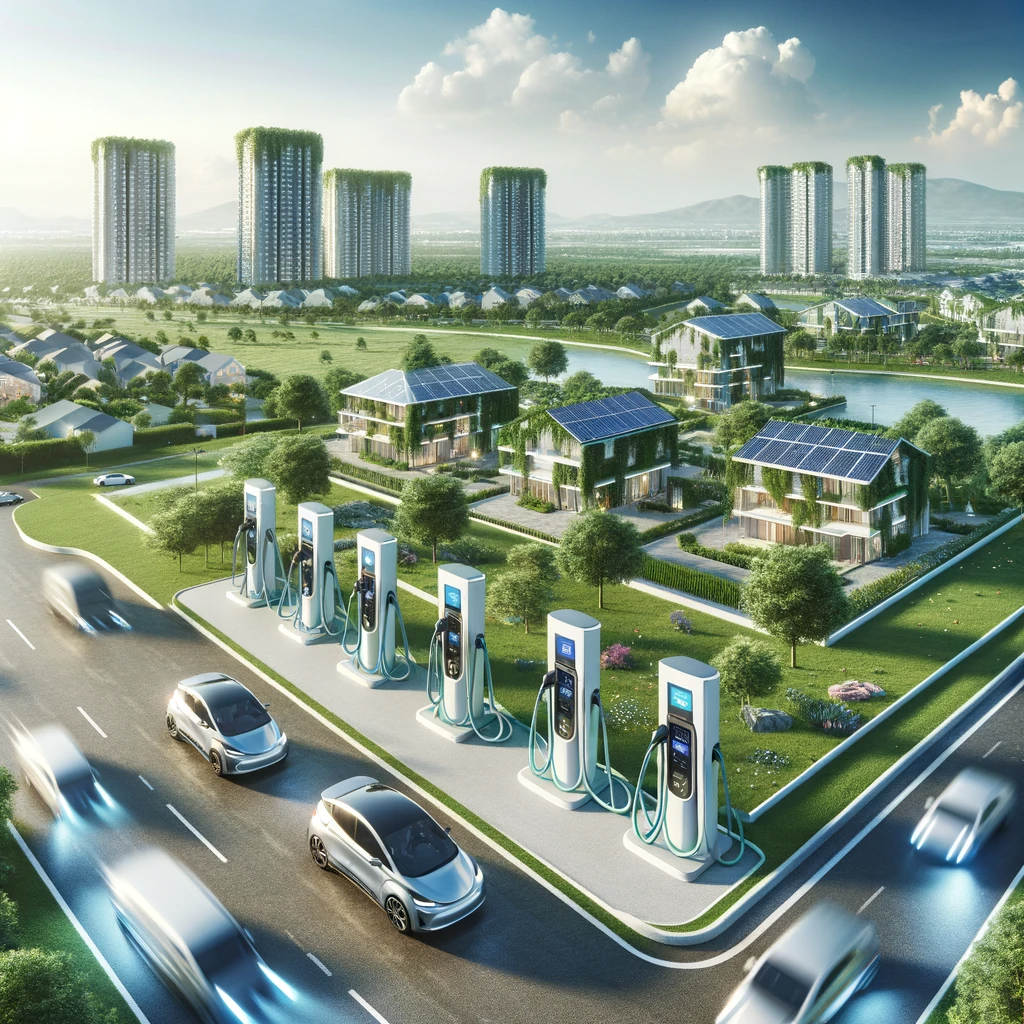In the quest for sustainable communities, the spotlight increasingly falls on electric vehicles (EVs) as a cornerstone of eco-friendly urban planning. However, the success of this green transition hinges on a critical yet often overlooked component: the EV charging infrastructure. This article delves into the vital role that a robust charging network plays in facilitating the widespread adoption of electric vehicles, thereby reinforcing the pillars of sustainability in our cities.

The Backbone of Electric Mobility
The charging infrastructure is more than just a network of stations; it’s the lifeline that powers the electric revolution on our streets. This section will explore the different types of charging stations, including Level 1, Level 2, and DC Fast Charging, and their strategic importance in various urban contexts, from residential areas to commercial and public spaces.
Integration into Sustainable Communities
Sustainable communities are designed with the future in mind, prioritizing green spaces, renewable energy, and low-carbon transportation. This part of the article will examine how EV charging stations are seamlessly integrated into these eco-conscious neighborhoods, supporting not only the practical needs of EV owners but also the community’s broader environmental goals.
Technological Innovations and Smart Charging
As technology advances, so does the efficiency and accessibility of EV charging solutions. This segment will highlight cutting-edge developments in charging infrastructure, such as smart charging networks, wireless charging, and solar-powered stations, which are setting new standards for convenience and sustainability.
Policy, Incentives, and Public-Private Partnerships
The expansion of EV charging networks is significantly influenced by governmental policies, incentives, and collaborations between the public and private sectors. This section will discuss the pivotal role of legislation, subsidies, and partnerships in accelerating the development of charging infrastructure within sustainable communities.
Challenges and Solutions
Despite the progress, the deployment of EV charging infrastructure faces several challenges, including funding, technological limitations, and grid capacity. This part will address these hurdles and the innovative strategies being employed to overcome them, ensuring the resilient growth of charging networks.
Conclusion
The integration of EV charging infrastructure is a fundamental step toward realizing the vision of sustainable communities. By providing the necessary support for electric vehicles, cities can significantly reduce their carbon footprint, improve air quality, and offer residents a cleaner, greener way of life. As we continue to innovate and invest in these critical systems, the dream of fully sustainable urban living becomes ever more attainable.
